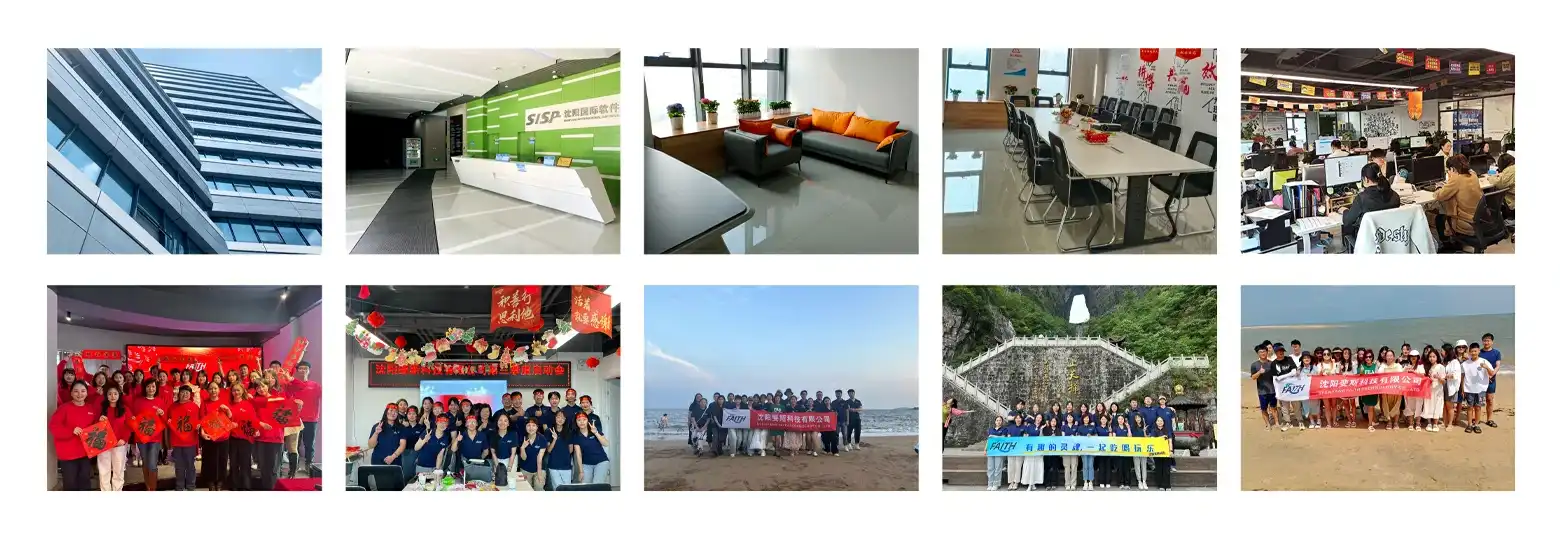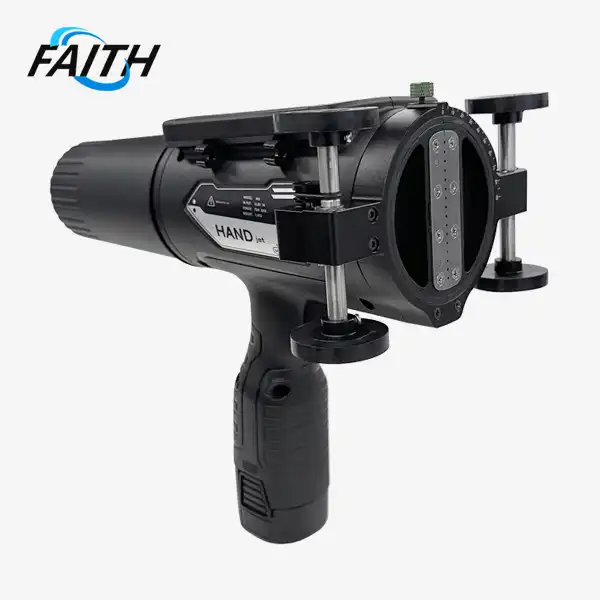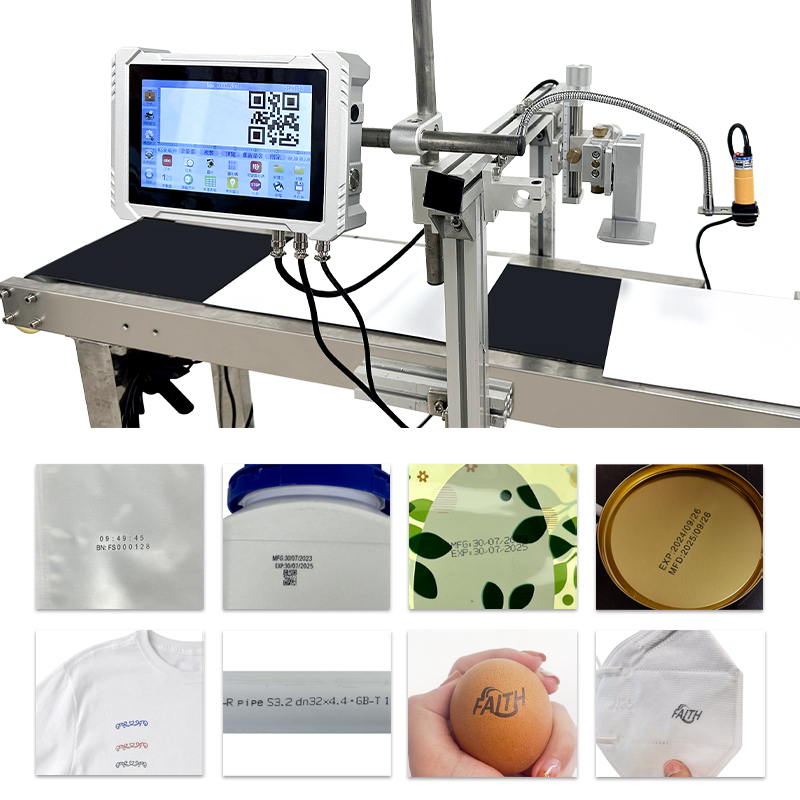Industrial Continuous Inkjet Printing: Efficiency at Its Best
Industrial continuous inkjet printing represents the pinnacle of efficiency in modern manufacturing and packaging processes. This cutting-edge technology offers unparalleled speed, versatility, and precision, making it an indispensable tool across various industries. By harnessing the power of controlled charged particles in an electric field, continuous inkjet (CIJ) printers can produce high-quality, durable markings on a wide range of surfaces at breakneck speeds. As we delve into the world of industrial CIJ printing, we'll explore its revolutionary impact on production lines and how it's reshaping the landscape of industrial marking and coding.
The Marvels of CIJ Technology: Unveiling the Printing Process
At the heart of industrial continuous inkjet printing lies a fascinating interplay of physics and engineering. The process begins with a high-pressure pump that creates a steady stream of ink. This ink flow is directed through a nozzle and into a crystal oscillator, often referred to as the spray chamber. Here's where the magic happens: the oscillator vibrates at an astounding frequency, typically around 70,000 times per second, effectively breaking the ink stream into millions of uniform droplets.
These newly formed droplets then pass through an electrode, which imparts an electrical charge to each one. The charged droplets continue their journey, passing between two deflector plates. These plates generate an electrostatic field that can precisely control the trajectory of each droplet. Depending on the desired printing pattern, some droplets are allowed to reach the substrate, while others are deflected into a gutter for recirculation.
The Power of Precision: Droplet Control and Formation
The ability to generate and control such tiny ink droplets with incredible accuracy is what sets industrial continuous inkjet printing apart. With each oscillation capable of producing a single droplet, a CIJ printer operating at 70,000 Hz can create 70,000 individual ink droplets every second. This level of precision allows for remarkably fine detail in printing, even at high speeds.
Moreover, the charging and deflection system enables on-the-fly adjustments to printing patterns. This dynamic control means that CIJ printers can seamlessly switch between different characters, logos, or codes without any interruption to the production line. It's this combination of speed and flexibility that makes industrial CIJ printing so valuable in fast-paced manufacturing environments.
Versatility in Substrate Compatibility
One of the most significant advantages of industrial continuous inkjet printing is its ability to print on a vast array of surfaces. Unlike some other printing technologies that require smooth, uniform substrates, CIJ printers can effectively mark on bumpy, rough, or textured surfaces. This versatility opens up a world of possibilities across industries.
From the smooth plastic of beverage bottles to the corrugated surface of cardboard boxes, from the sleek metal of canned goods to the intricate textures of electronic components, CIJ printers can handle it all. This broad compatibility makes them ideal for diverse applications in food packaging, electronics manufacturing, automotive parts production, and countless other sectors.
Unmatched Speed and Efficiency in Industrial Marking
When it comes to high-volume production lines, speed is of the essence. Faith printer rises to the challenge with impressive printing speeds that can reach up to 576 meters per minute. This blazing fast performance ensures that even the most demanding production schedules can be met without compromising on print quality or accuracy.
The non-contact nature of CIJ printing contributes significantly to its speed capabilities. Unlike contact-based printing methods, there's no need for the printhead to physically touch the substrate. This eliminates the time typically required for mechanical movements between prints, allowing for continuous, high-speed operation.
Maximizing Uptime with Continuous Operation
Industrial CIJ printers are designed for continuous operation, minimizing downtime and maximizing productivity. The ink recirculation system plays a crucial role in this regard. Droplets that are not used for printing are collected in a gutter and recycled back into the ink reservoir. This closed-loop system not only conserves ink but also ensures that the printer can run for extended periods without the need for frequent refills.
Additionally, many modern CIJ printers incorporate advanced self-cleaning and maintenance features. These systems can automatically perform nozzle cleaning and ink system purging, further reducing the need for manual intervention and extending uninterrupted operation times.
Adaptability in Multi-Line Printing
Industrial continuous inkjet printers offer remarkable flexibility in terms of print layout. With the ability to print multiple lines simultaneously, these machines can accommodate a wide range of marking requirements. Whether it's a simple date code or a complex combination of text, logos, and barcodes, CIJ printers can handle it with ease.
The capability to print 1 to 5 lines of text allows manufacturers to include all necessary information on their products without sacrificing speed or quality. This multi-line printing feature is particularly valuable in industries where traceability and detailed product information are crucial, such as pharmaceuticals or food production.
Advanced Features Enhancing Industrial Applications
Modern industrial continuous inkjet printers come equipped with a host of advanced features that further enhance their utility in industrial settings. These innovations not only improve print quality and reliability but also offer greater control and customization options for manufacturers.
Sophisticated Ink Formulations for Every Need
The versatility of CIJ printing extends to its ink options. Manufacturers can choose from a wide range of ink formulations tailored to specific applications and substrates. High-adhesion inks ensure that markings remain legible even in challenging environments. Migration-resistant formulations are crucial for food packaging applications, preventing any potential contamination.
For industries dealing with extreme conditions, high-temperature resistant inks offer durability in harsh environments. Specialized inks for glass printing, permeability-enhancing formulations, and food-grade oil-resistant options further expand the application possibilities of industrial CIJ printing.
Extensive Font and Character Options
To meet diverse marking requirements, industrial CIJ printers offer an extensive array of font options. From compact 5x6 matrices for small-scale printing to large 32x32 matrices for bold, easily readable codes, these printers can accommodate various text sizes and styles. The availability of both linear (L) and bold (B) font options allows for further customization to suit specific visibility needs or branding requirements.
Beyond alphanumeric characters, many CIJ printers can also produce complex graphical elements such as logos, QR codes, and barcodes. This capability is invaluable for companies looking to incorporate branding elements or machine-readable codes directly into their product markings.
Robust Design for Industrial Environments
Industrial continuous inkjet printers are built to withstand the rigors of manufacturing environments. With operating temperature ranges typically spanning from 0°C to 45°C and humidity tolerances of 30-70% RH, these machines can function reliably in a variety of industrial settings.
The compact design of many CIJ printers, with dimensions around 404mm x 282mm x 524mm, allows for easy integration into existing production lines. Large, user-friendly interfaces, such as 10.1-inch screens, simplify operation and monitoring, ensuring that even complex printing tasks can be managed efficiently.
FAQ
What are the main advantages of industrial continuous inkjet printing?
Industrial CIJ printing offers high-speed operation, versatility in substrate compatibility, and the ability to print on various surfaces including rough or textured materials. It provides non-contact printing, continuous operation with minimal downtime, and the capability to print multiple lines simultaneously.
What types of industries can benefit from CIJ printing?
CIJ printing is valuable in numerous industries, including food and beverage packaging, pharmaceuticals, electronics manufacturing, automotive parts production, and industrial goods marking. Its versatility makes it suitable for any industry requiring high-speed, reliable product coding and marking.
Conclusion
Industrial continuous inkjet printing stands at the forefront of efficient, versatile, and high-speed marking solutions for modern manufacturing. Its ability to deliver precise, durable markings on a wide range of substrates at incredible speeds makes it an invaluable tool across numerous industries. As technology continues to advance, we can expect even more innovations in CIJ printing, further cementing its position as a cornerstone of industrial marking and coding processes.
For those looking to elevate their production efficiency and marking capabilities, exploring the world of industrial CIJ printing is a step in the right direction. To learn more about how this technology can benefit your specific industrial needs or to explore customized CIJ solutions, don't hesitate to contact our experts at sale01@sy-faith.com.

References
1. Johnson, M. (2022). Advancements in Industrial Continuous Inkjet Printing Technology. Journal of Manufacturing Innovation, 15(3), 201-215.
2. Smith, A. R., & Brown, L. K. (2021). Comparative Analysis of Marking Technologies in High-Speed Production Lines. Industrial Engineering Review, 28(2), 145-160.
3. Zhang, Y., et al. (2023). Ink Formulation Innovations for Enhanced Substrate Compatibility in CIJ Printing. Applied Surface Science Advances, 12, 100254.
4. Thompson, E. L. (2020). Efficiency Metrics in Modern Manufacturing: The Role of Continuous Inkjet Systems. International Journal of Production Research, 58(11), 3342-3358.
5. Patel, R. V., & Nguyen, T. H. (2022). Environmental Impact Assessment of Industrial Printing Technologies: A Focus on Continuous Inkjet Systems. Journal of Cleaner Production, 330, 129871.
Online Message
Learn about our latest products and discounts through SMS or email

_1732610504844.webp)

